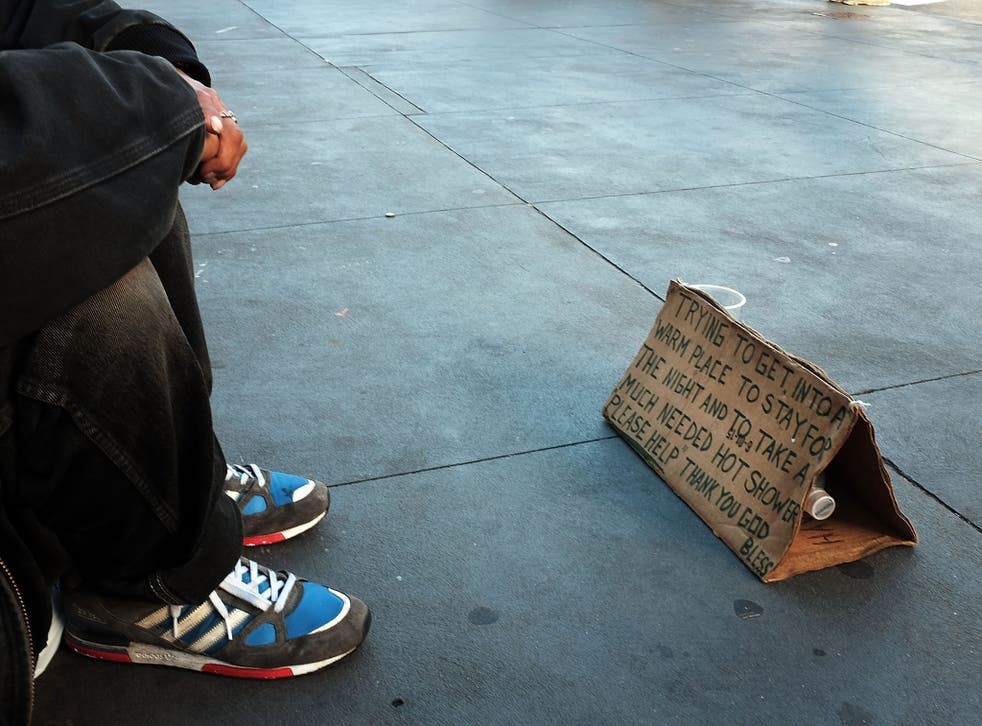Youth in our state’s residential treatment facilities are running away in record numbers. This is not news. Rather, it is a three-decades-old problem that is long overdue for a solution.
In May 2021, The Colorado Sun and 9News did a three-part series on the seriousness of the situation in Colorado. The series highlighted a broken system – a revolving door of youth who run away, return and run away again. The series also explored staff concerns at not being able to stop youth, and the risk to youth themselves once they hit the streets – including the potential for physical and sexual abuse, human trafficking, and in some instances even death. In fact, a story published in The Colorado Sun on Friday highlights a new concern regarding possible inequities in how we attempt to locate youth who run away from residential facilities.
All of these stories demonstrate the same persistent and urgent problem: Youth who run away from state care are in danger and demand our collective attention now.
The conversation around the issue and corresponding solutions is often infused with an air of resignation and inevitability. We hear the same explanations over and over:
- “Well, these are children with extraordinary behavioral health needs — they are going to run.”
- “The law prohibits facility staff from restraining kids, so we have to let them run.“
Still others say, as if dispositive of the issue, “Kids have rights, these are homes not jails. You cannot prevent them from walking away.”
Missing from the entire discussion is data – data about who runs, how many children run each year, how long a child is gone, what a child experienced while missing and most importantly why the child ran in the first place.
When a child runs they may be running from something. Maybe they’re running from harm in their current placement or inadequate care. Or, they may be running toward something like family, friends and community connection. Either way, we should be learning from our children what the root cause is of their behavior – we might actually learn something about how well our child protection system works, or how it is not working, as the case may be.
While Colorado has some limited regulations that require caseworkers to determine the factors that lead a child to run and what they experienced while on the run, there is no public access to this information. It is unclear if this information is being consistently gathered, where this documentation is kept, whether it has ever been analyzed and what the information tells us about why kids run. If state regulations are being followed, then we may already possess the information we need to keep our kids safe.
The Office of Colorado’s Child Protection Ombudsman has started the process of gathering stakeholders to discuss how we can use data to better protect and serve children who run from residential facilities.
As a child protection community our response cannot be one of resignation. We need to be proactive and dig deeper. We need to explore strategies for interrupting chronic runaway behavior, and we need to start by asking our kids one simple but important question: Why?

